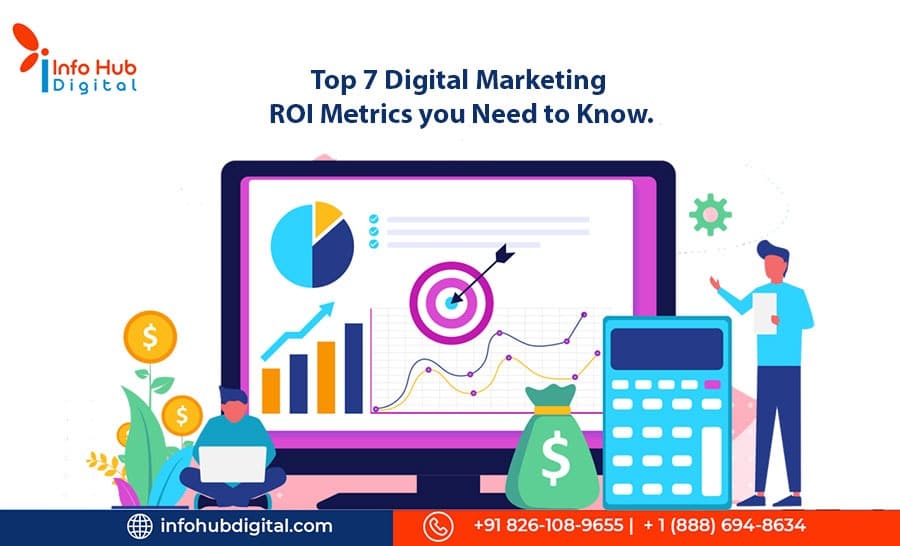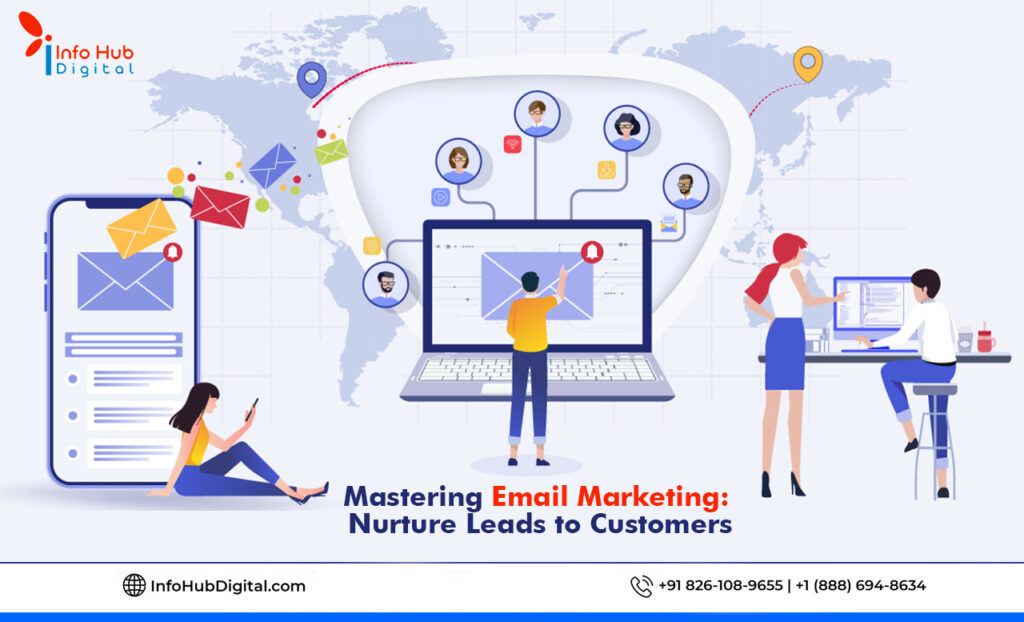The calculation of ROI in digital marketing is particularly difficult unless your website is solely an e-commerce site. Particularly for businesses that focus on B2B, services, and other sectors where you are not directly offering things online, this is true. However, it’s crucial to comprehend how to gauge marketing ROI. ROI, or return on investment, should be tracked in any digital marketing strategy. You may determine the value of your Digital marketing initiatives by looking at your ROI, which is a measurement of how much income you generate in relation to your outlays. Your marketing efforts are headed in the right direction if your ROI is positive. Even though you want to see more orders, paying close attention to the average ticket’s value might have a big impact. AOV is a crucial indicator that can assist marketers in managing revenue growth, profit reporting, and profit tracking.
It’s frequently as easy as improving user experience and offering up-sell chances to slightly boost average order value, which can generate thousands of dollars in new revenue.
How to Calculate ROI?
You can simply deduct your investment (the amount you spent) from your returns to get the basic ROI formula (the amount you have earned). Next, multiply that outcome by your investment. The ROI can then be multiplied by 100 to get a percentage.
You can increase the effectiveness of your marketing by monitoring the appropriate indicators. The top 7 marketing metrics for measuring ROI are listed below. You won’t be able to prepare your future course of action if you can’t calculate the return on investment of your efforts.
- Cost Per Lead – You must be aware of the cost per lead if your website is generating leads. If your cost per lead exceeds the revenue you generate from closing leads, your return on investment is in the negative. Determining your cost per lead allows you to gauge the success of your marketing initiatives and provides you with the information you need to make future strategic and financial choices.
- Lead-to-Close Ratio – The proportion of your leads that “close,” or “make a purchase,” is known as your lead close rate. Divide the total number of leads by the total number of closed leads to get your lead close rate. the result is multiplied by 100 to obtain the percentage.
- Traffic-to-Lead Ratio – Your digital marketing strategies are succeeding if your website traffic is increasing. But do those outcomes actually have an impact on your business’s bottom line? The ratio of traffic to leads is another metric you may use to assess the effectiveness of your marketing activities. This KPI merely gauges the proportion of site visitors who become leads.
- Cost Per Acquisition – The sole distinction between cost per acquisition (CPA) and cost per lead is that CPA concentrates on real conversions rather than merely leads. CPA, or cost per acquisition, can be calculated more easily for paid ads than for SEO activities. It can be measured on a broad scale by dividing your entire digital marketing expenditure by the gross number of clients obtained over a specific time period.
- Unique Monthly Visitors – This measure, as its name implies, informs you of the number of unique visitors to your website over the course of a month. This is one of the fundamental metrics that you can monitor because many digital marketing strategies attempt to increase website traffic. An increase in monthly visitors after running a digital marketing campaign can be, in part, attributed to it. If you saw the required boost in unique monthly visits, this might be viewed as evidence that your campaign was successful. If you use Google Analytics or another website analytics tool, you can monitor this indicator directly from your account.
- Average Order Value – This metric tells you of the worth of each purchase made by a paying consumer. The next measure can be used for services and B2B instead of AOV, which is best for e-commerce stores. Customer Lifetime Value, a measure that is even more useful in e-commerce, can be obtained by multiplying the AOV by the repeat rate.
- Conversion Rate – The proportion of visitors that convert—whether that means making the purchase, joining an email list, or doing something else—is known as your conversion rate. This measurement resembles lead closure rate. While lead close rate can be tracked over an extended period of time, conversion rate is often used for certain initiatives. The conversion doesn’t always have to come from an existing lead when using the conversion rate measure. Divide the number of clicks by the number of conversions to get your conversion rate.
Info Hub, a digital marketing agency in Pune has an extensive experience in SEO and digital marketing. You can get more information on what ROI in digital marketing entails, how to calculate ROI in digital marketing, and what you can anticipate from the typical marketing ROI from our experts.
For you to feel confident in your digital marketing spending, Info Hub can examine and clarify the ROI measures that are fueling growth for your company. Tracking the appropriate digital marketing ROI measures is essential regardless of your marketing objectives. When you can precisely determine your ROI, you may learn what is and isn’t working with your campaigns and utilise that knowledge to make improvements. At Info Hub, we give our clients comprehensive campaign data, including ROI information.
Read More Blogs: Top 6 Link Building Mistakes to Avoid in 2022







